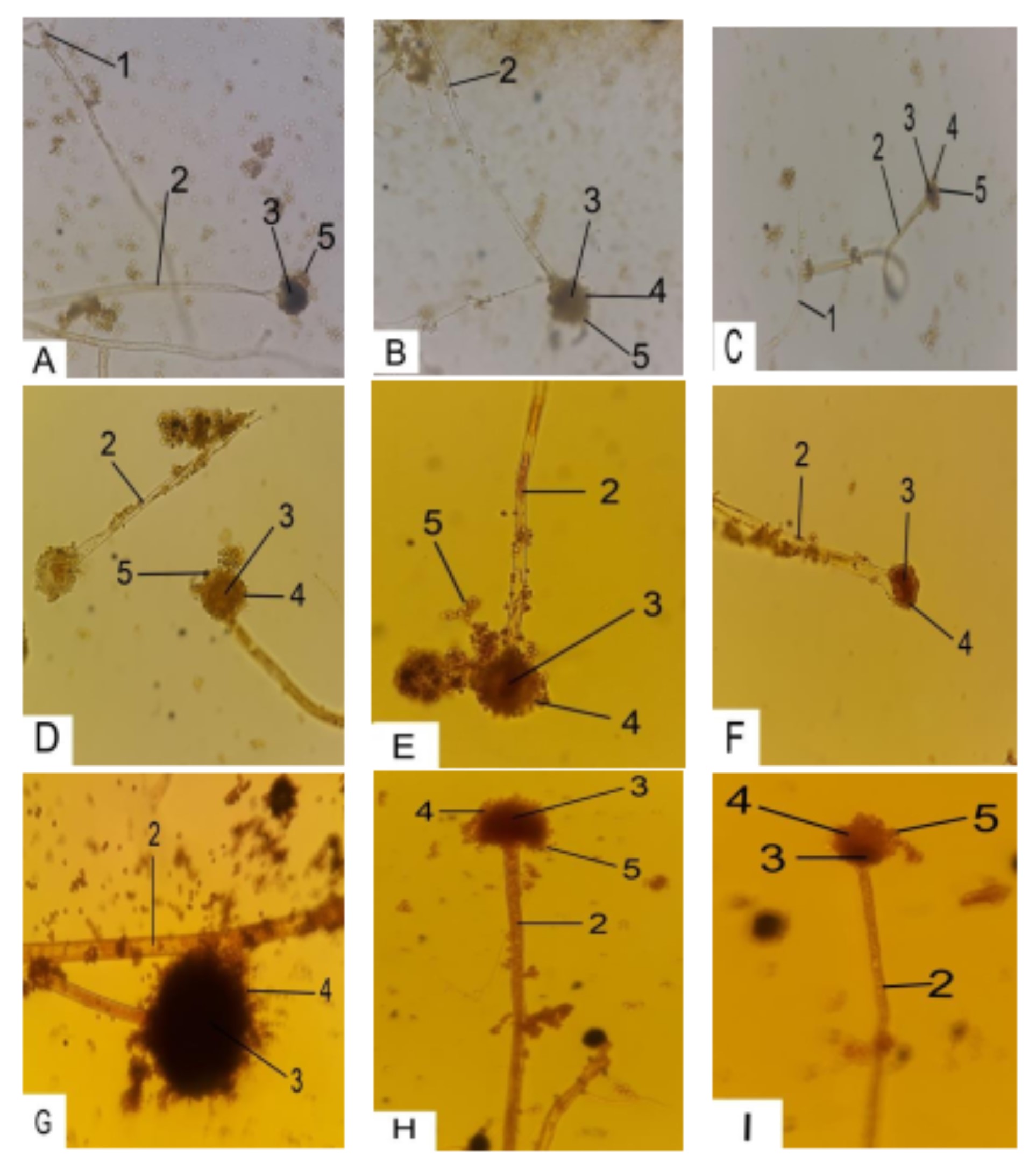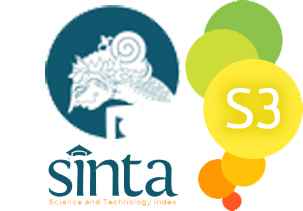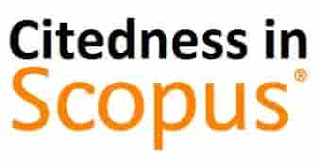The Potential of Iodine Lactoglycerol as an Alternative Fungal Stain in the Laboratory
Abstract
Fungi are eukaryotic and opportunistic organisms that can cause damage and disease. Fungi can be identified by direct staining. The composition of the dyes used in fungi staining are toxic, mutagenic and harmful to laboratory personnel and the environment. Consequently, it is necessary to consider use fungi dye continuously, so its need alternative safety dyes to identify fungi in the laboratory. This research aims to determine the potential of iodine lactoglycerol with different concentrations (1.25%, 2.5%, and 5%) as an alternative dye for fungi in the laboratory. The research method used experimental design. The samples originate from moldy bread and made 27 of microscopic slides. The microscopic slides were observed with objective 40x magnification. The parameters assessed in this study were the structure and morphology of fungi including hyphae, conidiophores, vesicles, sterigmata and conidiospores and color intensity using the image analysis of ImageJ. The results showed that various concentrations of iodine lactoglycerol can staining the structure and morphology of the fungi properly and clearly. The value of color intensity of each concentration measured has a different average. The highest average value of color intensity concentration was 5% and the lowest was 1.25%. However, the result of ANOVA test showed a significance of 0.380 (P> 0.05), which means that is no difference significantly from three of various concentrations. The result showed that the difference concentration of iodine lactoglycerol does not affect the color intensity. The conclusion of this study was iodine lactoglycerol solution can be used as an alternative dye or Lactophenol-cotton Blue (LPCB) substitute for fungi identification. It is recommendation for further research be carried out regarding the decrease in the concentration of alternative color solutions below 1.25%, the incubation time for the preparation of the preparations, and the color stability of the prepared mushroom preparations.
References
Azhar, M., Efendi, J., Syofyeni, E., Marfa Lesi, R., & Novalina, D. (2010, Februari). Pengaruh Konsentrasi NaOH dan KOH terhadap Derajat Deasetilasi Kitin dari Limbah Kulit Udang. Jurnal EKSAKTA, I.
http://ejournal.unp.ac.id/index.php/jt/index
Basava, S. R., Ambati, S., Jithendra, K., N, P., P., S., & Mannepuli, C. (2016). Efficacy of Iodine-Glycerol versus. International Journal of Current Microbiology and Applied Sciences, 5(11), 536-541. http://dx.doi.org/10.20546/ijcmas.2016.511.063
IPCS.,2018 Phenol: Health and Safety Guide. Geneva: World Health Organization, 1994. Available at: http://inchem.org/documents/hsg/hsg/hsg88_e.htm
Gandjar, I., Sjamsuridzal, W., & Oetari, A. (2006). Mikologi Dasar dan Terapan. Jakarta: Yayasan Obor Indonesia.
Himedia. (2019). Lactophenol Cotton Blue Technical Data. Mumbai: HiMedia Laboratories.
Kazemi, A. (2013). An Overview on the global Frequency of Superficial / Cutaneous Mycoses and Deep Mycoses. Jundishapur J Microbiol, 6(3), 202-204. doi: 10.5812/jjm.10725.
Russel, A. (2003). Simm. Similiarities and differences in the respose of microorganisms to biocides (52:750-63). https://doi.org/10.1093/jac/dkg422
Santana, J.K.G. et al., (2018). Staining Fungal Structures with Artificial Dyes Used in the Industry of Juices. Ciência Rural, 48(9), e20180071. Epub August 06, 2018. https://doi.org/10.1590/0103-8478cr20180071
Shamly, V., Kali, A., Srirangaraj, S., & Umadevi, S. (2014, July). Comparison of Microscopic Morphology of Fungi Using Lactophenol Cotton Blue (LPCB), Iodine Glycerol and Congo Red Formaldehyde Staining. Journal of Clinical and Diagnostic Research, 8(7), 2.
doi: 10.7860/JCDR/2014/8521.4535
Sujarwani, W. (2015). SPSS untuk penelitian. Yogyakrta: Pustaka Baru Press.
Tille, P. (2013). Bailey & Scott's Diagnostic Microbiology (14 ed.). Elsevier.
Vignesh, R. E. (2013). Iodine-glycerol as an alternative to lactophenol cotton blue for identification of fungal elements in clinical laboratory. Indian Journal of medical microbiology, 31(1). doi: 10.4103/0255-0857.108752.























